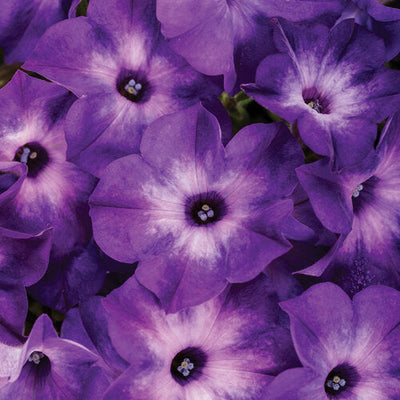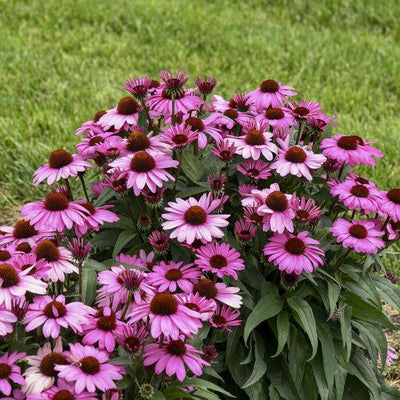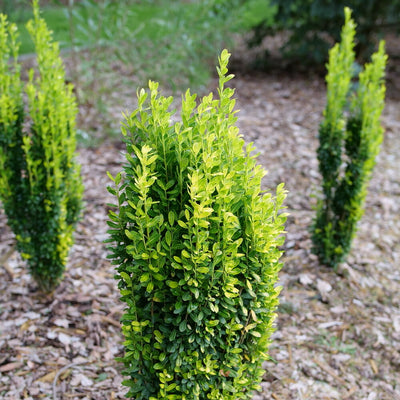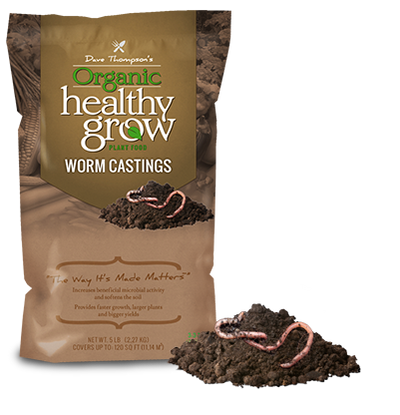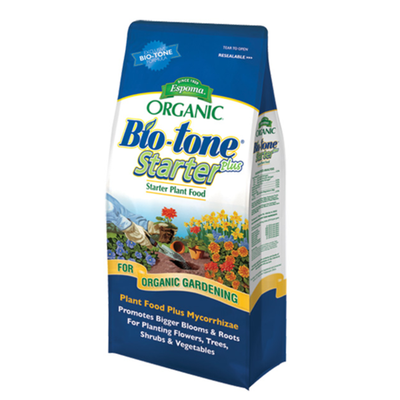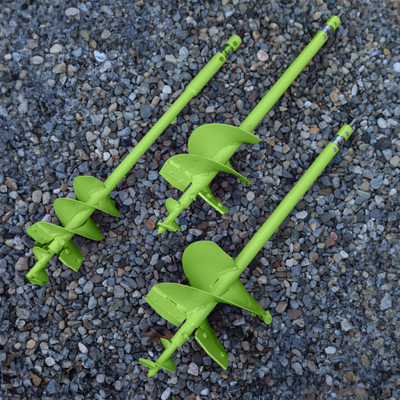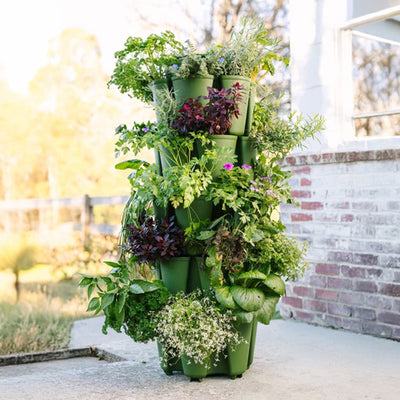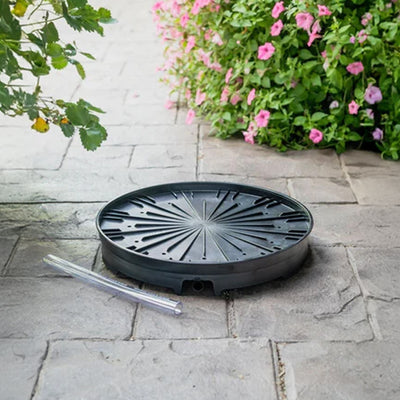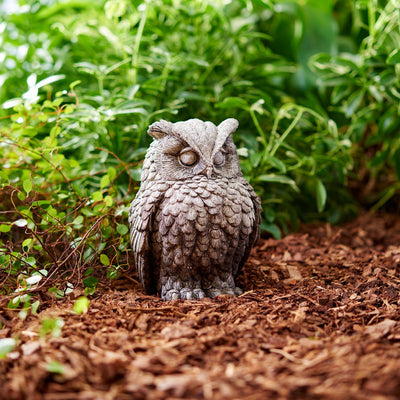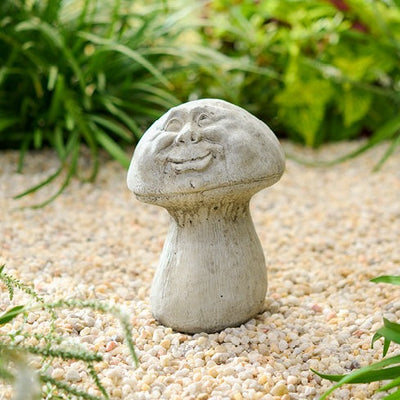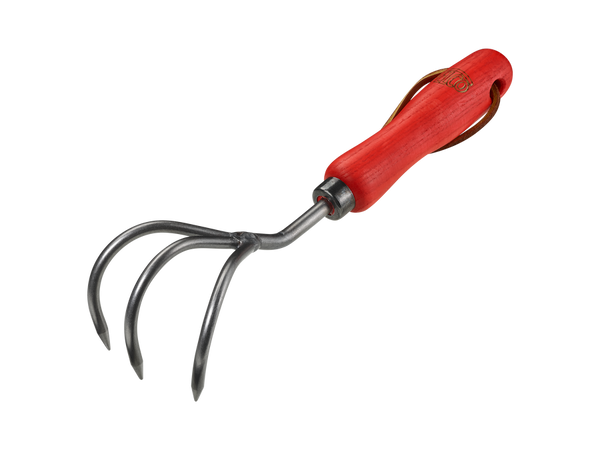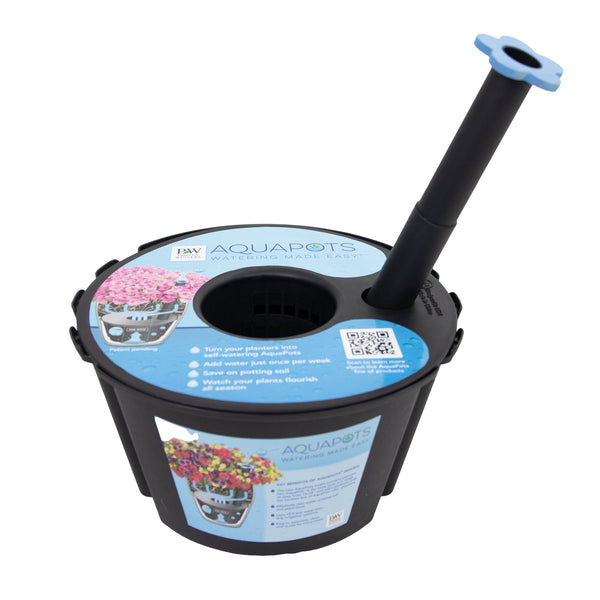Luscious® Citron™ Lantana | Proven Winners®
Proven Winners is constantly working to refine and improve their offerings for the North American garden and to the nursery industry in using the best in new plant and production materials.

Features
Characteristics
Plant Needs
Do you BELIEVE in LOVE at first sight?
Soft yellow is a versatile color in the garden and you'll find many uses for this plant in both landscapes and containers. Lantana are incredibly heat tolerant, flower all summer long, attract every kind of pollinator - bees, butterflies and hummingbirds all love it. It is in bloom even late in the season when many other flowers are calling it quits. This longevity puts it into the top tier for supporting pollinators. Beautiful, tough and durable is a hard trio to beat.
- Award Winner
- Deadheading Not Necessary
Characteristics
Plant Needs
Do you BELIEVE in LOVE at first sight?
Soft yellow is a versatile color in the garden and you'll find many uses for this plant in both landscapes and containers. Lantana are incredibly heat tolerant, flower all summer long, attract every kind of pollinator - bees, butterflies and hummingbirds all love it. It is in bloom even late in the season when many other flowers are calling it quits. This longevity puts it into the top tier for supporting pollinators. Beautiful, tough and durable is a hard trio to beat.
- Award Winner
- Deadheading Not Necessary
